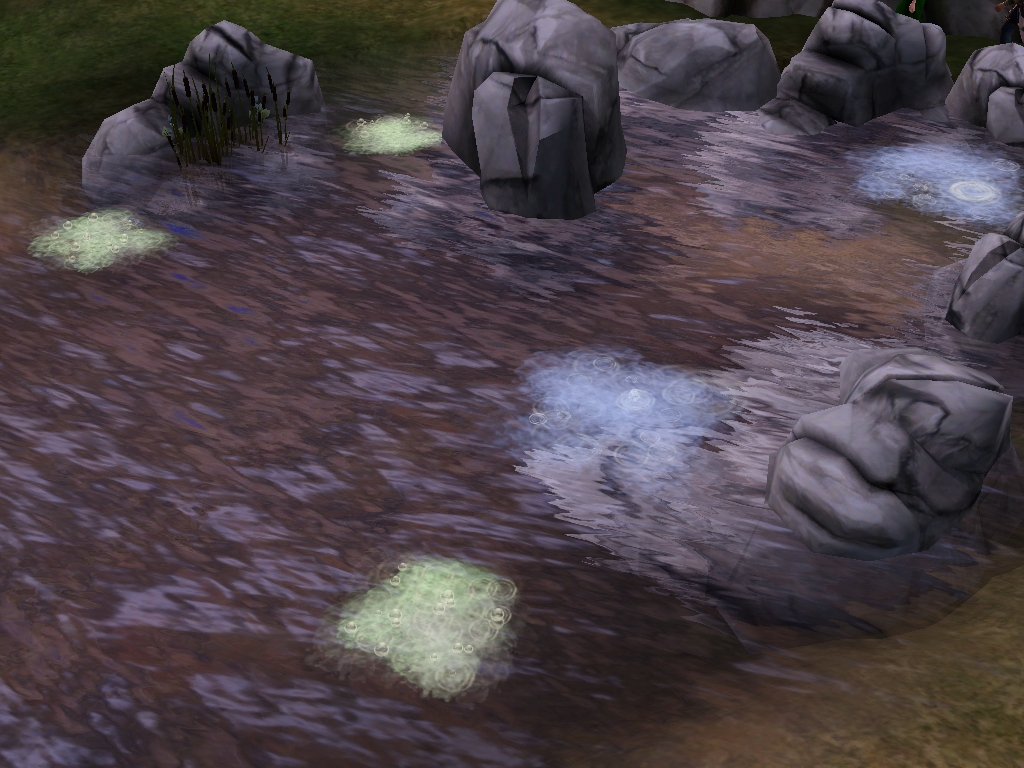
A new genus and species of leech,
Tyrranobdella rex Phillips et al. 2010 with enormous teeth was described in the journal
PloS ONE on Wednesday of this week. Found feeding from the nose of a 9 yr old child in the upper Amazon by Renzo Arouco-Brown of the School of Medicine at the Universidad Peruana Cayetano Heredia, this new
T. rex is known from 3 nasopharyngeal cases, and may well be the first leech species for which
Homo sapiens is the type-host.
Phylogenetic work in the publication demonstrates that
T. rex is part of a larger evolutionary group of mammal-specific endoparasites, the Praobdellidae, which includes the terrible ferocious leech (
Dinobdella ferox) from Asia as well as African and Mexican pests. Mucosal leech infestations by members of this family typically involve the naries, pharynx and hypopharynx, though more alarming mucosal infestation sites are noted by Anna Phillips of the American Museum of Natural History and her co-authors. While leeches are not typically thought to be significant parasites of humans, praobdellid leeches like
T. rex have been known to cause life-threatening conditions that range from choking to severe anemia and even death.
In addition to Phillips and Arauco-Brown, authors of this new and formidable
T. rex include Mark Siddall and Alejandro Oceguera-Figueroa, also of the American Museum of Natural History, Gloria P.Gomez of the Department of Microbiology at the Universidad Peruana Cayetano Heredia in Lima, María Beltrán of the Enteroparasitology Laboratory at the Peruvian Public Health Center, and Lai Y-Te of the National Taiwan University in Taipei. The research was funded by the the National Science Foundation (DEB-0640463), the Stavros Niarchos fund for Expeditionary Research, a
Theodore Roosevelt Memorial Grant, and a CUNY Science Fellowship.
 Sometime before May of 2011, one-time Playboy Playmate Yvette Vickers passed away. Her mummified body was found at her home in Benedict Canyon, CA. Vickers was well known as the female lead in the Gene (not Roger, his brother) Corman cult classic Attack of the Giant Leeches.
Sometime before May of 2011, one-time Playboy Playmate Yvette Vickers passed away. Her mummified body was found at her home in Benedict Canyon, CA. Vickers was well known as the female lead in the Gene (not Roger, his brother) Corman cult classic Attack of the Giant Leeches. Healing Breast Cancer With Leeches?
Healing Breast Cancer With Leeches? battle a witch or... collect leeches if your Sim is a physician! You can look in the ocean and the river for green spots with bubbles and collect them yourself, or buy them from the village store.
battle a witch or... collect leeches if your Sim is a physician! You can look in the ocean and the river for green spots with bubbles and collect them yourself, or buy them from the village store. There's been quite a lull in the availability of leeches in the news in recent months, but they have once again reared their awesome anecdotal heads in the story of famed blind tenor Andrea Bocelli.
There's been quite a lull in the availability of leeches in the news in recent months, but they have once again reared their awesome anecdotal heads in the story of famed blind tenor Andrea Bocelli.



 Anna Phillips (my student working on medicinal leech diversity) continues her considerable efforts at educating the youth of this nation on the beauty of leeches. The
Anna Phillips (my student working on medicinal leech diversity) continues her considerable efforts at educating the youth of this nation on the beauty of leeches. The 


